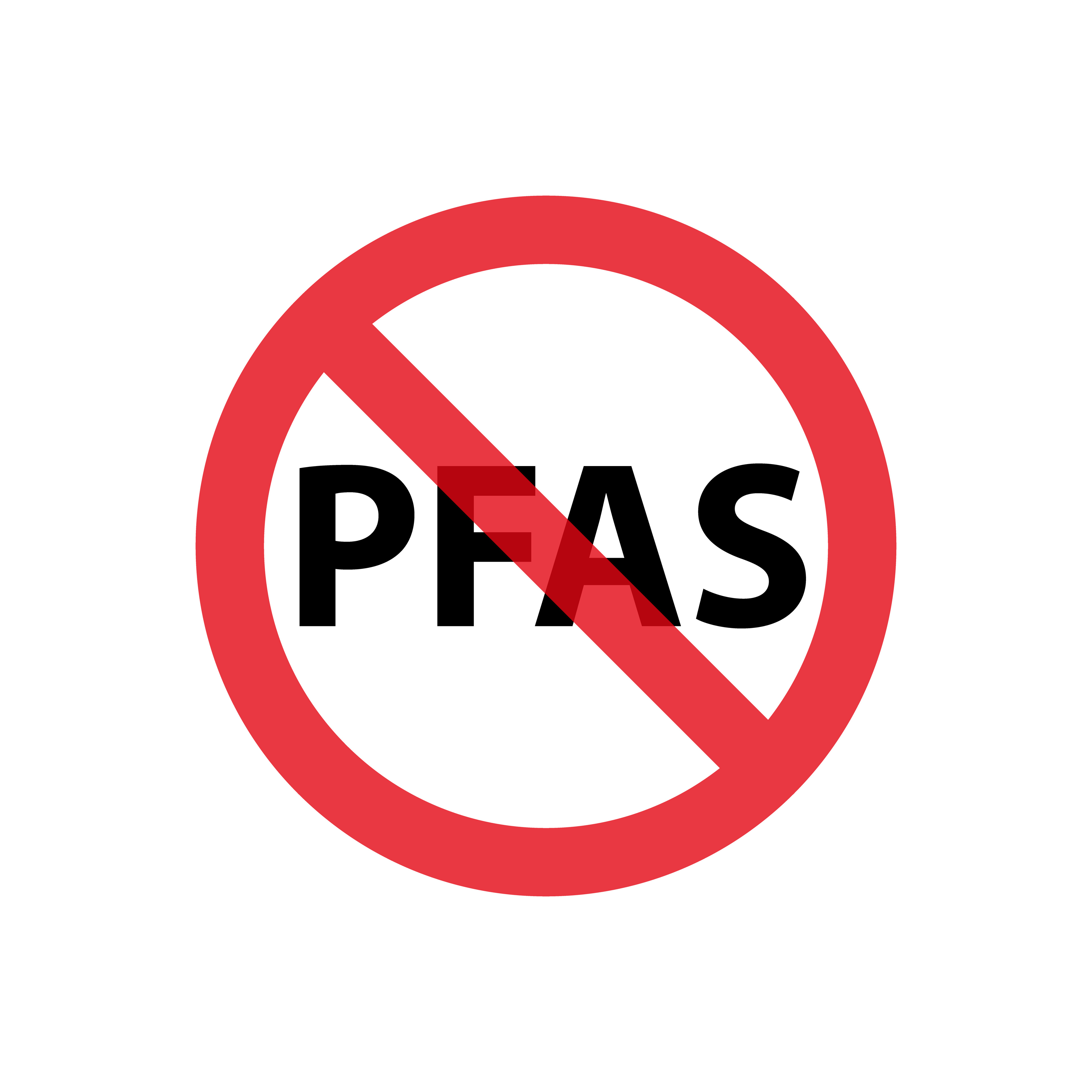
In recent years, the acronym "PFAS" has become increasingly familiar, sparking concerns about its widespread contamination and detrimental effects on public health and the environment. However, the true extent of this crisis and its historical roots are often overlooked. In this comprehensive exploration, we delve deep into the annals of PFAS contamination history, uncovering corporate cover-ups, governmental responses, and the urgent need for action.
The Emergence of PFAS Contamination
PFAS, or per- and polyfluoroalkyl substances, are a group of man-made chemicals that have been used in a wide range of industrial applications since the 1940s. Their resistance to heat, water, and oil made them valuable in the production of various consumer and industrial products, including firefighting foam, non-stick cookware, and waterproof clothing.
Despite their utility, a dark secret was lurking beneath the surface. PFAS chemicals are notorious for their persistence in the environment and their potential harm to human health.
Historical Fact: According to the Environmental Working Group (EWG), PFAS contamination has been linked to a range of health issues, including cancer, immune system dysfunction, and developmental problems in children.
Corporate Cover-ups: Concealing the Truth
For decades, major chemical companies were aware of the dangers posed by PFAS compounds but chose to keep this information hidden from the public eye. The motive was clear: protecting profits at the expense of public health. These corporate cover-ups are a stark reminder of the lengths some companies will go to to protect their bottom line.
Government Response to PFAS: A Slow Awakening
As the evidence of PFAS contamination and its health risks continued to mount, the government's response was slow to materialize. Regulatory agencies, such as the Environmental Protection Agency (EPA), faced pressure from influential corporate interests, which hindered the implementation of stricter regulations and cleanup efforts.
However, in recent years, the tide has begun to turn. Increased public awareness, investigative journalism, and grassroots activism have pushed the government to take action against PFAS contamination. The PFAS crisis is now recognized as a national issue that demands immediate attention.
Statistical Insight: According to a report by the Natural Resources Defense Council (NRDC), as of 2021, there are more than 2,200 sites in the United States known to be contaminated with PFAS.
Understanding the Health Implications
To fully appreciate the gravity of the PFAS crisis, it is essential to delve deeper into the health implications of PFAS exposure. Studies have shown a direct link between PFAS chemicals and various health problems, including thyroid disease, pregnancy complications, and elevated cholesterol levels. Understanding these health risks underscores the urgency of addressing PFAS contamination.
A Call to Action: Addressing the PFAS Crisis
In light of the historical context of PFAS contamination, it is imperative that we address this crisis head-on. The health of our communities, the safety of our drinking water, and the well-being of future generations are at stake. The urgency of the situation cannot be overstated.
Your Trusted Partner in the Fight Against PFAS Contamination
Cooney & Conway is committed to playing a crucial role in addressing the PFAS crisis. As a leading law firm with a deep understanding of environmental litigation, we are dedicated to holding corporate wrongdoers accountable for their actions. We are here to support affected communities and ensure that justice prevails.
Your Path Forward: Seeking Justice and Compensation
If you or your community have been affected by PFAS contamination, seeking justice and compensation is essential. Cooney & Conway stands ready to advocate on your behalf, ensuring that those responsible for your suffering are held accountable. Our experienced legal team is dedicated to helping you navigate the complex legal landscape surrounding PFAS litigation.